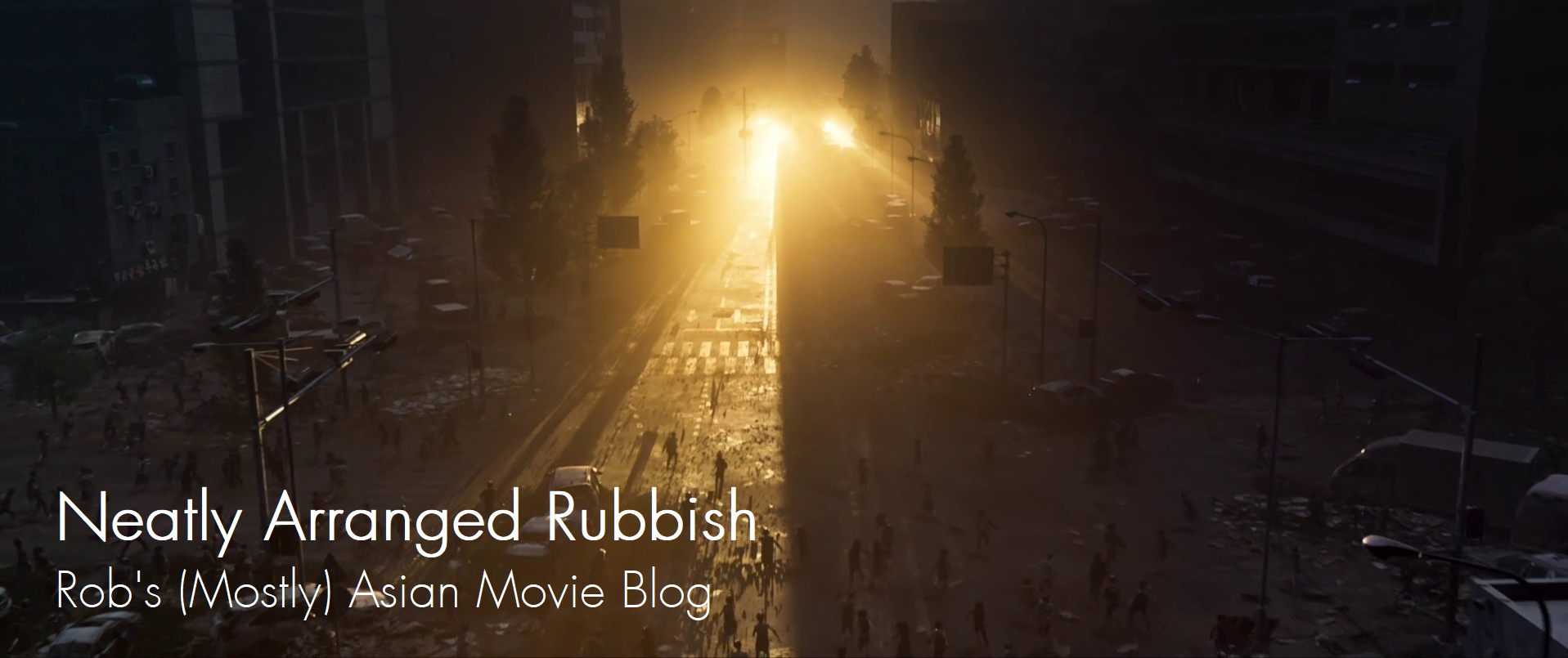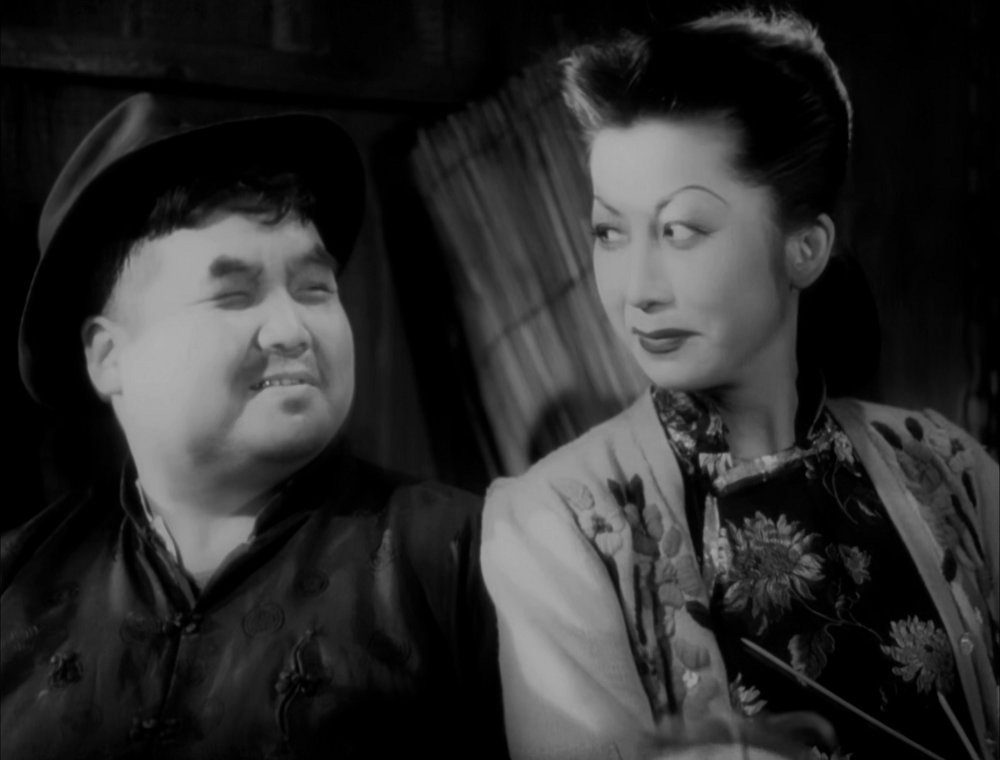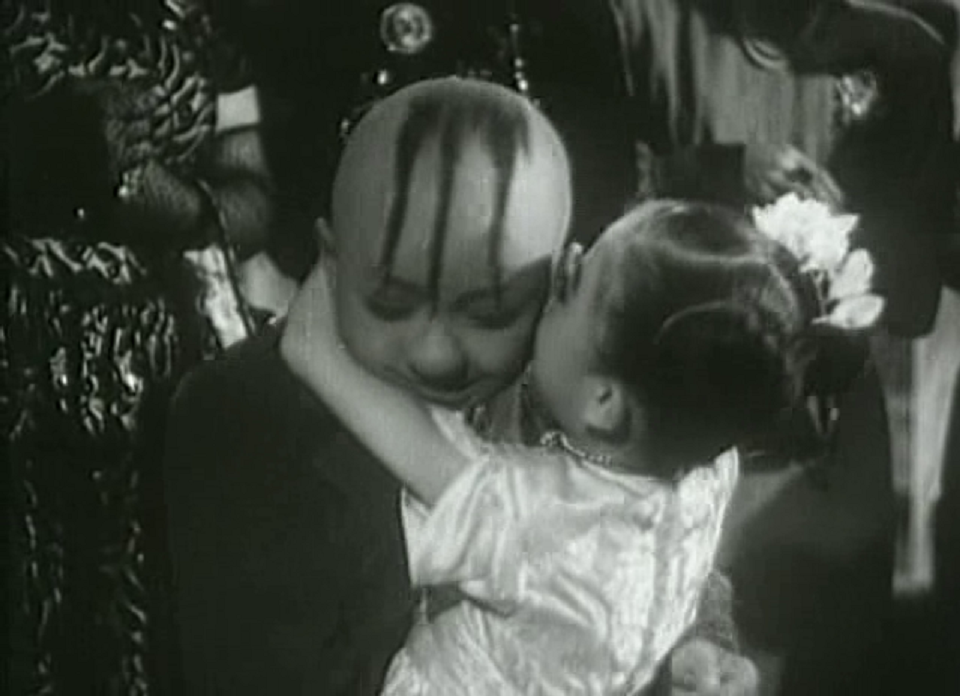Last Updated on October 2, 2020 by rob
In Shanghai, eight year old orphan Sanmao (Wan Lung-chi) joins a team of beggars, becomes the unwilling recruit of a Fagin-style criminal and is adopted by a wealthy lady who cleans him up, renames him Tom and tries to control him like one of her pets. But at a party in his honour Sanmao can’t stand the sight of his old beggar friends starving outside and sneaks them into the swanky do with chaotic results. Disowned and thrown back on the streets it looks like tough times ahead but there’s good news – Chairman Mao and the Communists have seized power. Free food, sunny blue skies and eternal happiness lie ahead. For everyone!
Ok, so I’m taking the piss with that last bit about the Commies, itself a consequence of the political turbulence of the period as them seizing power meant production was held up for a year and script changes demanded by the censors. The most obvious of these is the film’s coda which depicts Mao’s mob arriving to liberate the poor and ropes Sanmao and his mates in to cheer them on. It really doesn’t jive with the rest of the movie – in fact the last scene before the coda as Sanmao and friends, homeless and ragged, rouse themselves to go begging in the snow hints at what might have been the film’s original conclusion – but neither does the new censor mandated ending affect the previous 70 minutes. In fact seen now it feels more of a historical curio than anything else.
So, also known as The Adventures of Sanmao The Waif and based on a famous Chinese comic strip, The Winter of Three Hairs (a reference to the popular image of Sanmao with three strands of hair pasted on his otherwise bald head, faithfully recreated for the movie) this lovely film boasts a delightful performance from Lung-Chi that from the moment we see him wandering starving through an open air market – as images of chicken wings and sausages are superimposed flying past on the screen – is simultaneously humorous and heartbreaking. Through a series of adventures the brutal existence of Three Hairs is portrayed with compassion yet also without an ounce of sentimentality.
This is a tough, scrappy kid with an unerring sense of right and wrong who may be down but never out. The climax, in which our kid lets his orphan mates into the lady’s rich mansion so they can enjoy the grub and in the process horrify all the posh guests, is a sequence that could have come straight out of a socially conscious Capra or Sturges movie a decade or so earlier. Much of the production appears to have been filmed on the streets of Shanghai (there are some great shots of city life here with the few cars puttering up and down the street all but swarmed by folk on bikes) and the style evokes something of that same power as the works of the early Italian neo-realists. If you can find this, highly recommended.



